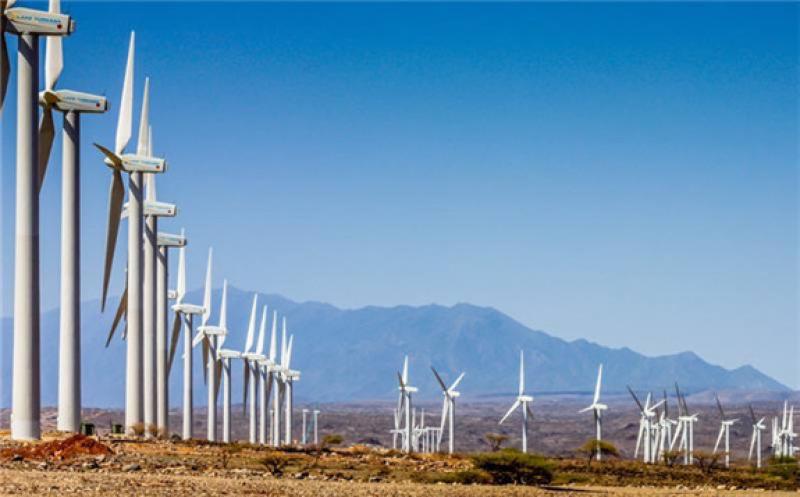Auditor General Nancy Gathungu says the Ministry of Energy and Kenya Power should be held responsible for the Ksh.18.5 billion bill arising from the Lake Turkana wind farm project.

In a special audit report on the projected which was tabled to Parliament on August 5, the Auditor General says the two parties did not ensure a competitive process in picking a contractor for the construction of a transmission line connecting the project with the national grid.
The Ministry of Energy granted the Lake Turkana Wind Power (LTWP) Limited, a private entity, the exclusive rights to survey the project area and wind resources and to further invite tenders on behalf of Kenya Power.
The action has been established to be contravention of the now repealed Public Procurement and Disposal Act of 2005 with the Energy Ministry further failing to justify the criteria for direct procurement.
At the same time, the Auditor General report has flagged conflict of interest given the contracted M/s Isolux Ingenieria SA is affiliated to LTWP.
LTWP Limited is the proprietor of the wind power farm located in Loiyangalani and holds a private power purchase agreement (PPA) to sell generated electricity to Kenya Power over a 20-year period.
The terms of the PPA require Kenya Power to pay for power from the plant irrespective of whether the output makes its way to the national grid.
The new transmission line connecting the plant to the grid was completed in September 24,2018, 21 months after the completion of the wind farm resulting in the accrued Ksh.18.5 billion bill in deemed generated energy (DGE) payments to LTWP.
The Auditor General has queried the legitimacy of the charges given LTWP direct involvement in the procurement of the transmission line’s contractor.
“M/s Isolux Ingenieria SA and the consultant KEMA, both who has been procured by LTWP Ltd were the key players in determining the success of the transmission line, yet LTWP Ltd was the eventual beneficiary of the delays in the completion of the project by way of the transmission line (TI) interruption DGE payments,” read part of the special audit.
At the same time, the report states the payments commenced without any independent review of confirm the readiness of power generation by LTWP.
Previously, the World Bank warned of the project’s risks as it pulled out of a proposed financing deal noting the ‘take or pay’ obligation exposed Kenya Power to unacceptable high financial risk while the time proposed to put up the transmission line was inadequate.
After signing a Ksh.16.9 billion contract to develop the T-line in December 30, 2011, M/s Isolux Ingenieria filed for bankruptcy on 14 July 2017 in Spain, three months after failing to meet the December 30, 2016 deadline to deliver the project.
The Auditor General has put the Ministry of Energy on the spot for the continued involvement of the contractor in the project amidst its financial capacity constraints.
“There was no evidence that an independent financial and technical due diligence on the contractor before the signing of the contractor had been done.
The Kenya Electricity Transmission Company (KETRACO) stepped in to salvage the project by kicking out the contractor and picking a consortium of the Nari Group Corporation and Power-China Guizhou Engineering who completed the line on September 10, 2018.
Out of the Ksh.18.5 billion LTWP claim for the delayed line, the government of Kenya through the Energy Ministry and Kenya Power have offset payments of Ksh.11 billion to the company.
The balance is to be proposed through a proposed tariff increase of Ksh.1.08 per kilowatt hour for electricity sold to Kenya Power from the project between June 1, 2018 and May 31, 2024.
However, the tariff adjustment is yet to be approved by the Energy and Petroleum Regulatory Authority (EPRA) at present.